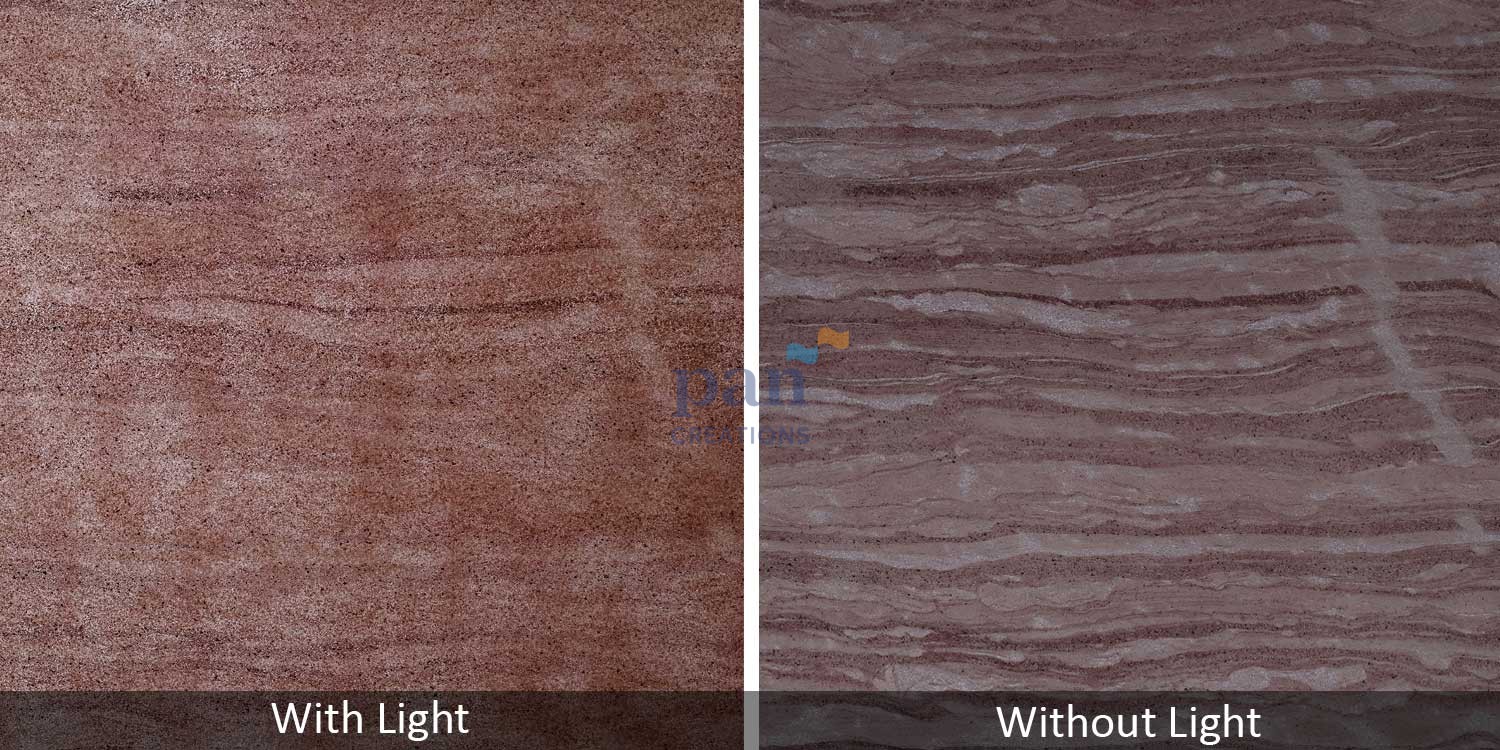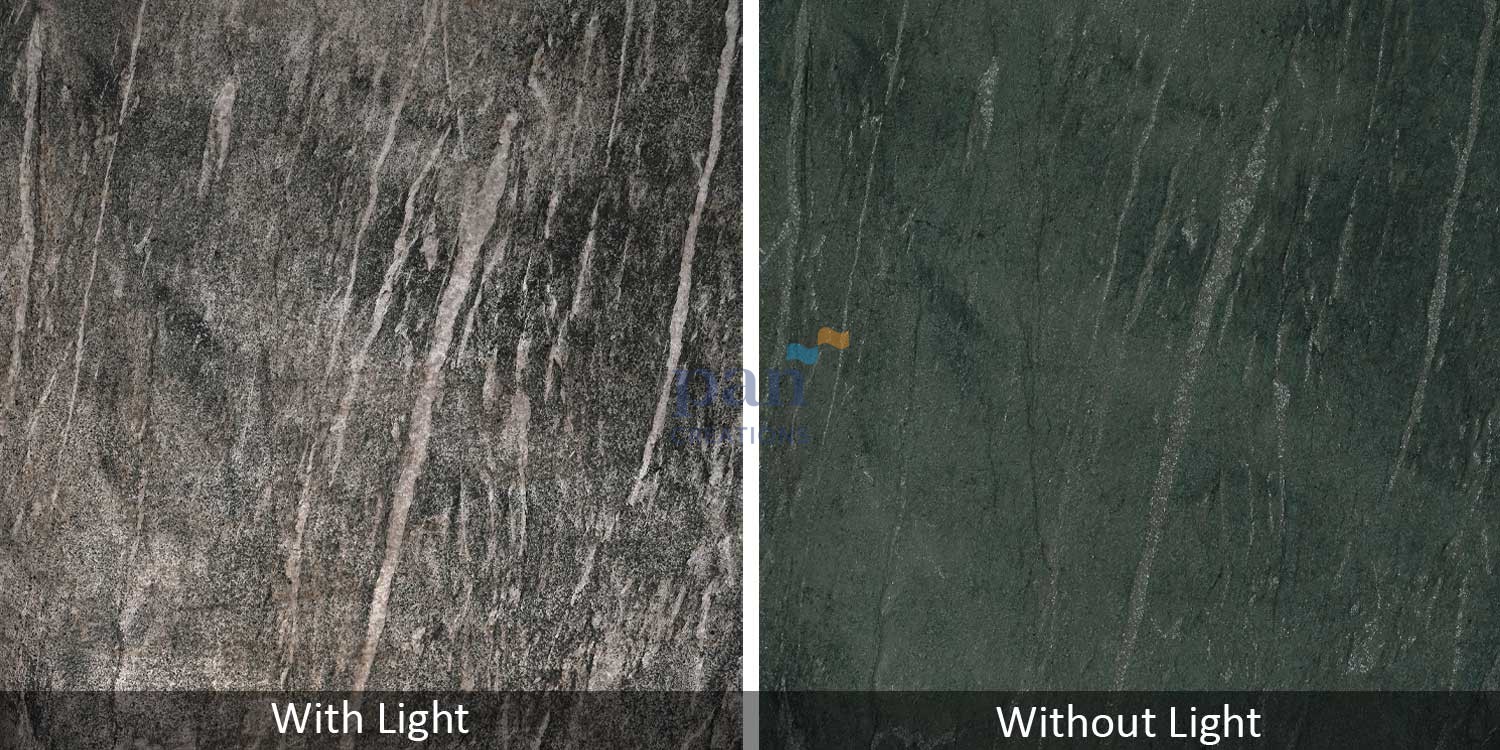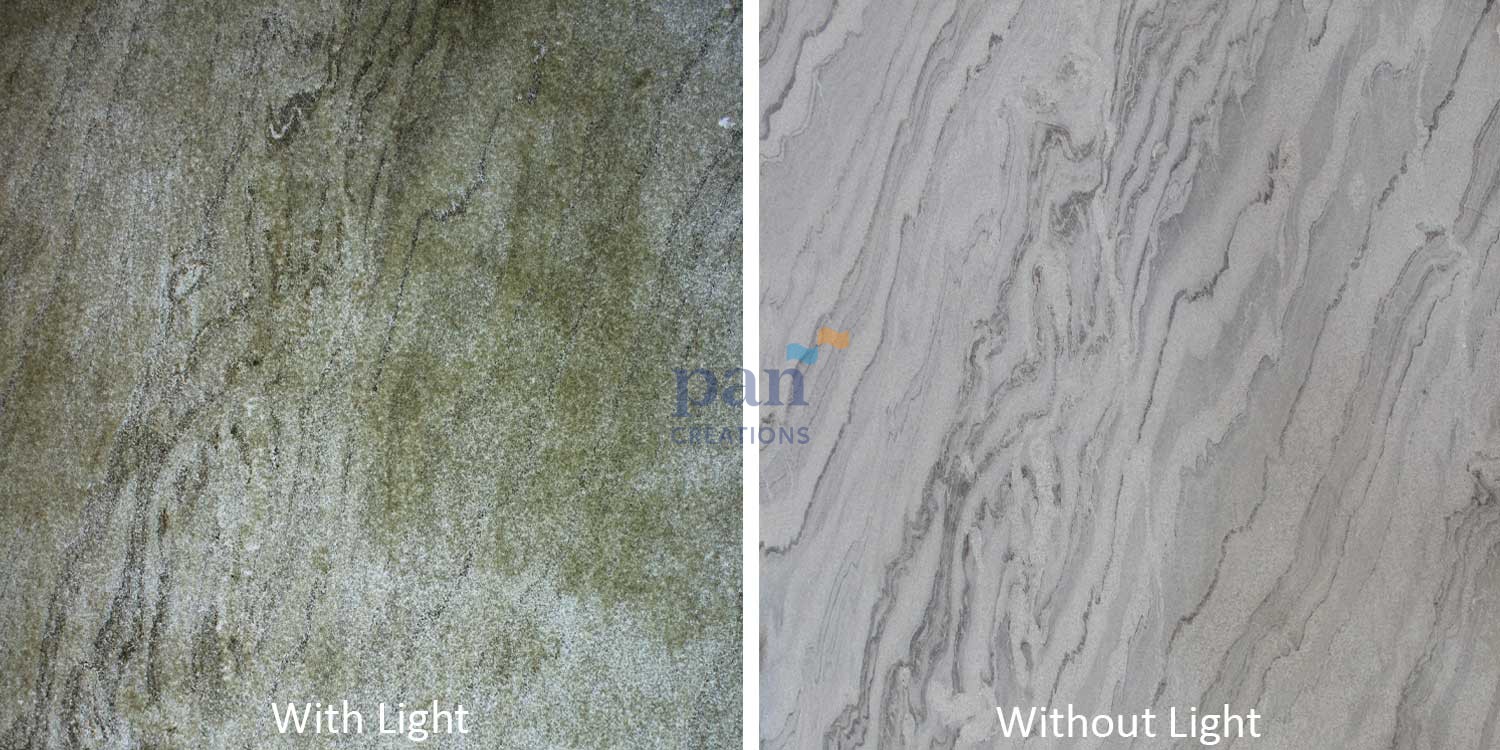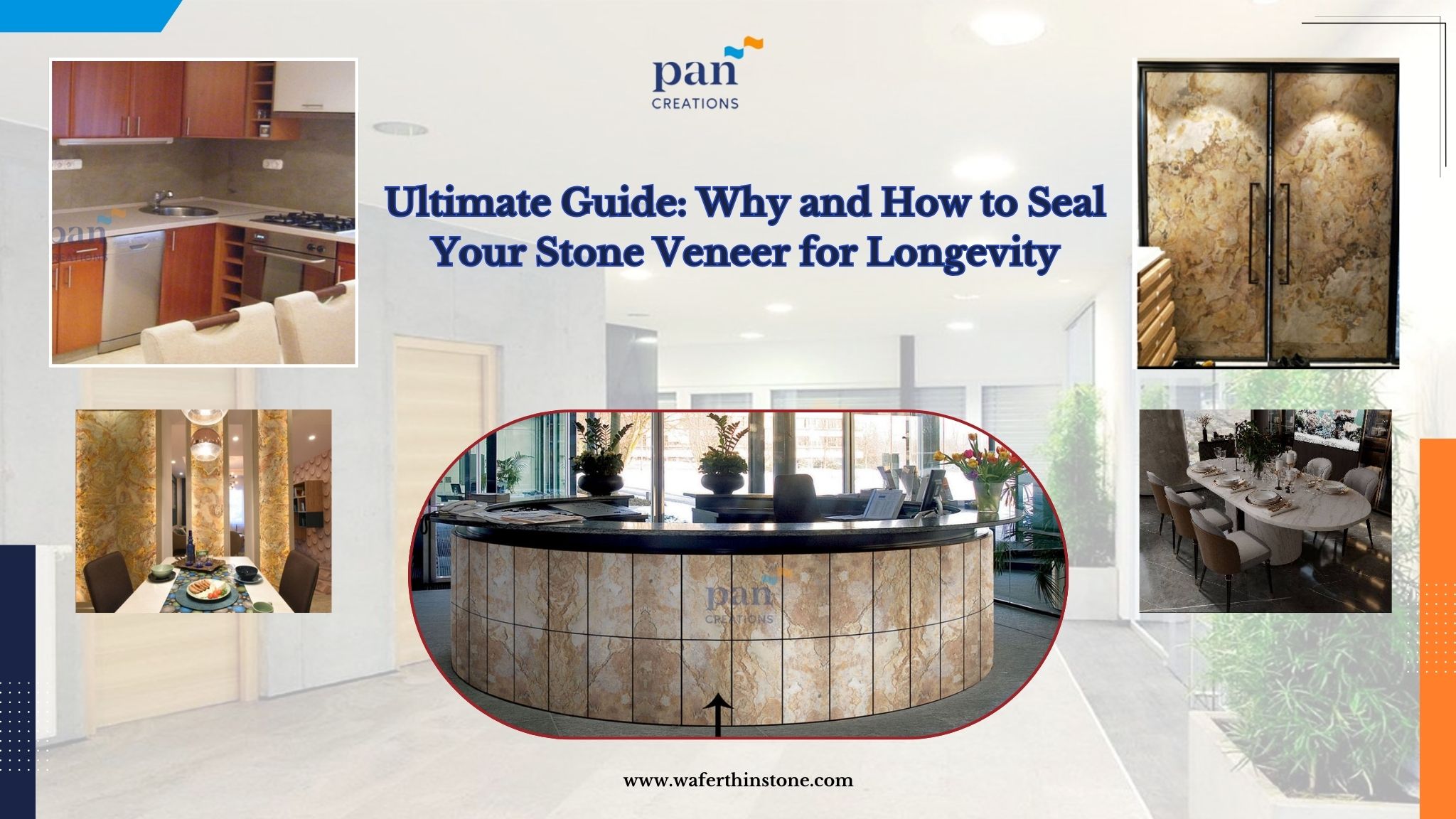Does My Stone Veneer Need to Be Sealed?
Stone veneer elevates every area, indoors or out, with a hint of sophistication and elegance. However, as a conscientious homeowner or designer, you might be wondering if you should seal your stone veneer. In this extensive tutorial, we’ll go over the advantages of sealing stone veneer, its significance, and how to seal stone veneer correctly for life and durability.
Knowing How to Seal Stone Veneers?
A thin coating of real stone, known as stone veneer, replicates the appearance of solid stone on surfaces. Stone veneer is more porous and vulnerable to damage from stains, moisture, and other environmental variables, but natural stone is naturally resilient. Sealing stone veneer creates a protective barrier that prevents water damage, stains, and deterioration over time.

Advantages of Stone Veneer Sealing
1. Preservation of Moisture
By sealing the veneer, water is kept from penetrating the stone and harming it by causing cracks, spalling, or discoloration. This is particularly crucial for outside applications that are subject to dampness, rain, and snow.
2. Resistance to stains
Cleaning and maintenance become easier because sealed stone veneer is less likely to absorb spills, stains, and other impurities. This is especially helpful for high-traffic areas where spills and splashes are common, including bathroom walls or kitchen backsplashes.
3. Increased robustness
Sealing your stone veneer can preserve its structural integrity and lengthen its life. By acting as a barrier against abrasion, the protective sealant reduces the possibility of chips, scratches, and other types of damage.
4. Increased visual appeal
Sealing stone veneer can give it a subtle sheen or matte finish, enhancing its natural beauty by bringing out the colors and textures of the stone. This might give your area a more refined appearance and improve its overall beauty.

A Guide to Sealing Stone Veneer
1. Clean the surface
Make sure the stone veneer surface is clean and clear of dust, debris, and grime before applying the sealer. After lightly cleaning the surface with a soft-bristle brush and a mild detergent or stone cleanser, give it a thorough water rinse and let it air dry.
2. Pick the proper sealant.
Pick a premium penetrating or surface sealant made especially for veneer made of natural stone. It is important to consider elements such as the type of stone, the desired finish, and the required level of protection.
3. Put the sealant in place.
Pay close attention to the manufacturer’s directions when applying the sealant. To ensure total covering, apply a uniform layer of stone veneer to the surface using a brush, roller, or sprayer. Permit the sealant to seep into the stone and let it cure for the amount of time specified.
4. Continue if required.
Depending on the type of sealant you choose and the porosity of the stone veneer, you may need to apply multiple applications for the best protection. Before applying the next layer, let the previous one completely dry.
5. Continue routine maintenance.
It’s critical to regularly maintain your sealed stone veneer in order to maintain the sealant’s effectiveness. Reapply the sealant as needed, usually every one to three years or as advised by the manufacturer, and clean the surface from time to time with a light detergent and water.

In summary
To sum up, sealing your stone veneer will keep it more resilient and aesthetically pleasing while shielding it from stains, moisture, and other types of damage. By using the right sealing methods described in this tutorial, you can ensure your stone veneer lasts for many years.
For premium stone veneer goods and expert sealing advice, go with Pan Creations India. They are India’s leading producer and supplier of flexible stone veneer, thin stone, real sandstone, UV translucent, fabric backing, and mosaic, offering a variety of solutions to meet your creative demands.
Must read: How to Buy Stone Veneer: The Essential Guide

